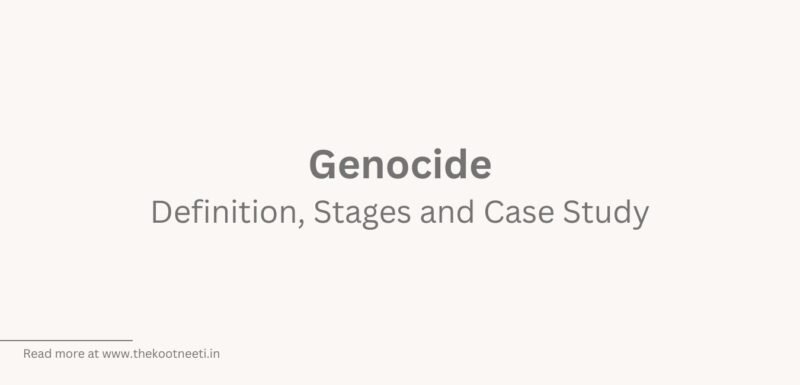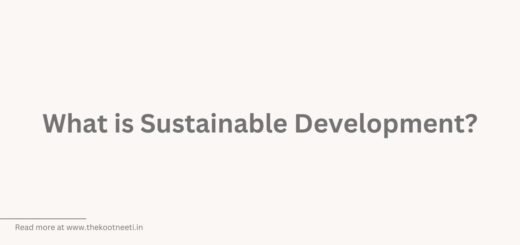Genocide: Definition, Stages and Case Study

Genocide is the deliberate and systematic extermination of a racial, ethnic, religious, or national group. The term genocide was coined by Raphael Lemkin, a Polish lawyer, in 1944 in order to describe the systematic extermination of the Armenian people by the Ottoman Empire during World War I.
Genocide is a crime under international law and is defined in the 1948 United Nations Convention on the Prevention and Punishment of the Crime of Genocide. According to the convention, genocide is any of the following acts committed with intent to destroy, in whole or in part, a national, ethnical, racial, or religious group:
- Killing members of the group
- Causing serious bodily or mental harm to members of the group
- Deliberately inflicting on the group conditions of life calculated to bring about its physical destruction
- Imposing measures intended to prevent births within the group
- Forcibly transferring children of the group to another group
Genocide is a grave and serious crime that has caused immense suffering and loss of life throughout history. It is a major concern in international relations and has led to efforts to prevent and punish genocide through international law and diplomacy, as well as through humanitarian intervention.
Stages of genocide
The stages of genocide, as described by Raphael Lemkin, the lawyer who coined the term, and as outlined in the 1948 United Nations Convention on the Prevention and Punishment of the Crime of Genocide, are:
- Classification: The identification of the targeted group as different from the dominant group. This may involve the use of propaganda to create negative stereotypes and prejudices about the targeted group.
- Symbolization: The use of symbols, such as badges or other markers, to identify and differentiate the targeted group from the dominant group.
- Dehumanization: The process of denying the humanity of the targeted group, often through the use of propaganda and hate speech. This can involve the portrayal of the targeted group as subhuman or as a threat to the dominant group.
- Organization: The preparation and planning of the genocide, including the establishment of special units or institutions to carry out the genocide.
- Polarization: The intensification of tensions and conflicts between the targeted group and the dominant group, often through the use of propaganda and violence.
- Preparation: The final steps before the actual genocide, including the identification and isolation of the targeted group, the confiscation of their property, and the stockpiling of weapons.
- Extermination: The actual killing of the members of the targeted group, often through mass murder or other means of systematic extermination.
- Denial: The attempt to cover up or deny the genocide, often through the destruction of evidence and the intimidation of witnesses.
Case Study – Armenian Genocide
The Armenian genocide was a mass killing of Armenian people that took place in the Ottoman Empire (present-day Turkey) during World War I. It is estimated that between 1.5 million and 2 million Armenian people were killed between 1915 and 1923. The genocide was carried out by the Ottoman government and was motivated by a desire to rid the empire of its Armenian population.
The Armenian genocide began in April 1915, when the Ottoman government arrested and deported hundreds of Armenian intellectuals, who were seen as a threat to the state. This was followed by a campaign of mass killings and deportations of Armenians throughout the empire. Many Armenians were killed in mass shootings, while others died of starvation or disease during forced deportations to the Syrian desert.
The Armenian genocide was recognized by the international community as a crime against humanity. However, the Turkish government has denied that the genocide took place and has not formally recognized it as such. The Armenian genocide continues to be a source of tension between Armenia and Turkey, and it remains a controversial and heavily debated issue.


















